Could you first introduce yourself to the reader?
My name is Annete Sagal, I’m from Kyiv and I’m a certified art therapist, collage artist and art curator. I organise exhibitions and collage festivals and together my team work on promoting collage in Ukraine and the world.
What do you think are the medium specific qualities of collage?
You can use it to react very quickly to emotions and events. For me, drawing isn’t the best medium because I find the blank white space intimidating. I first found myself expressing through photography and poetry when I was younger and those two really combine well in the collage medium for me now.
I started collaging in 2018. I had been emotionally depressed and lived in a small space where I had no room for creative expression. I was collecting magazines as a hobby and I already had scissors so I started flipping through the pages and chopping up images. Collage is a fast way to communicate emotions on paper when you find inspiring source material, but it can also be a lengthy process to properly finish a work. I think it takes a lot of time to play around with the composition until you’re completely satisfied.
What inspires your collage creations?
I really like the Dada movement and I’ve been studying collage history recently. Dada doesn’t necessarily directly influence my work but the absurd and crazy expression favoured by Dadaists is a more broad inspiration for how to approach collage. My inspiration comes mostly from online or historical sources. I want to see how contemporary artists are reacting and I often contrast this with some older images. I am always inspired by my Instagram feed where I see a variety of artists practising.
Kyiv Collage Collective is an Instagram page I run where I share other Ukrainian and international collage artists and credit their work. The purpose is to spread collage art and to engage with collagists across the country and world. I’ve been following certain artists and collective pages since I started collage in 2018. There are many collectives based around major cities like Paris, London or Brooklyn. I didn’t feel like Ukraine had any similar community so I just started it with a page, logo and username. Within a week it grew up to a community of 200 active followers and people immediately wanted to get involved. It’s a rapidly growing community.
Kyiv Collage School emerged after the collective. I’ve been conducting lessons on the history of collage and how to approach the medium. It’s still very much in the beginning but I’m happy I have those projects to support my own practice.
From that, I’ve met with other artists who have exhibited collage art. For example, Katya Syta held an exhibition of collage at the Museum of Kyiv History. I’m normally very shy when approaching other people but I was invited to the opening and struck up a conversation with her and her sister, curator Olha Syta. We agreed to do a group exhibition and a few months later, we planned the whole Collage Festival Project and held an international Ukrainian festival. The second festival is being held right now.
How do you approach incorporating social and political messages into your work?
I don’t approach collage with a set idea but instead I let the images form the end message. My first stage is to collect materials from a variety of sources and the end result will be something with a political, emotional, romantic or amusing message. When I see the end result I can describe what I want to communicate, but I never start with that in mind.
My collage wasn’t political until the full-scale war in Ukraine in 2022. After that, it felt hugely important to talk about it. There was so much source material for me to use. I wanted to make it more visible. It was cathartic too, like creating a composition pasting stupid words onto Putin’s face.
People are touched by my collages and my messages about the war and politics have really resonated online. It’s a gateway to interaction that doesn’t require many words or much speech but instead is a form of communication largely through visual images.
How has the war in Ukraine impacted or influenced your artistic production?
After the war started, the angle with which I approached collage changed. Since then, I have created collage on black paper. I used to create on multicoloured paper and have only just added vivid colours back into my work. Before the war I created on orange, pink or green paper. Using black and dark paper was a really important step because I wanted it to communicate emotion and some of the trauma we held. It may not have been explicitly about war but it was the background context in all the work.
Collage has a particularly therapeutic purpose for me. When I started in 2018, it saved me from being depressed. Many collage artists in the community came to collage from depression and it’s a particularly effective medium to release emotion.
Some people attend the workshops and are sceptical about its power. A few hours later, their opinions have changed after witnessing the therapeutic effect. That made me want to pursue art therapy. I’m not a psychologist but once I saw that effect, I learnt the basics of art therapy to be more intentional about the healing power of collage.
Tell us about your War Sketchbook.
When the war started, my family all went to my grandfather’s house where we could shelter together. However, after a while, we decided that it wasn’t safe and we needed to move out of the country. We packed and left very quickly, with only 15 minutes to pack a bag. Nobody knew how long we were packing for.
I was running around my apartment picking up all the art supplies I could need. It was a really confusing moment and I wasn’t sure what to take. I had a shoebox with all the basic materials I could need so I grabbed that and left the big sketchbooks. When I left the house my dad asked what I was holding. I answered, “It’s my collage equipment and I’m not leaving without it.”
Scissors and glue are quite expensive so I didn’t want to go out and buy more. I wanted to bring it with me to be able to collage wherever I am. My family ended up moving to Spain. It was a lonely and upsetting time, being in a new space and not really wanting to be there. I was missing home. My favourite thing to do with my sister was to visit the shop Flying Tiger. We searched for materials and I saw this tiny pocket-size sketchbook. It was a convenient size because I could take it with me anywhere. Thus, the war sketchbook began.
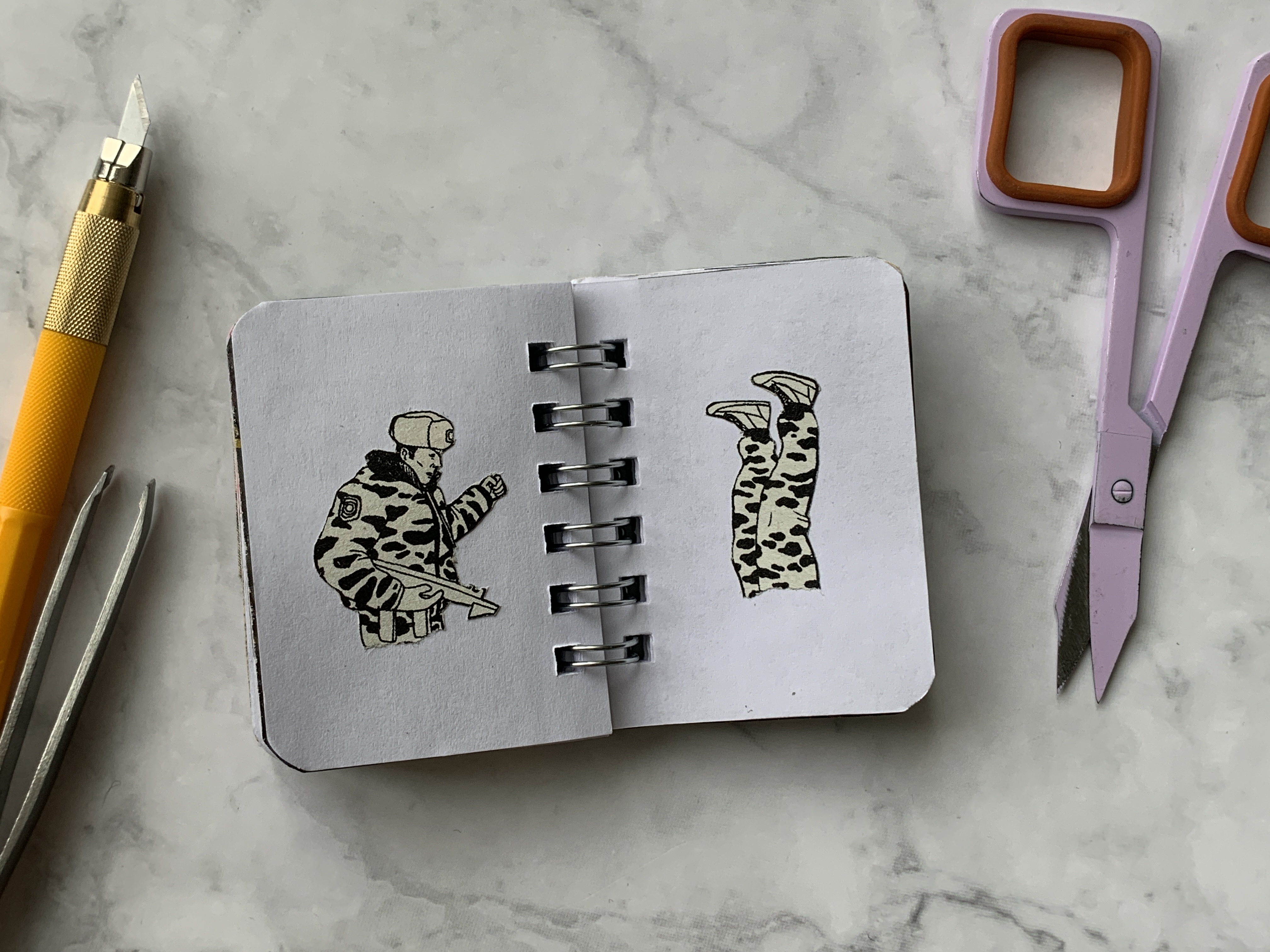
Do it from your heart. If you don’t know where to start with a political collage, just start with source material. When you are looking at the images, they will guide you to communicate what you feel inside. When you collect source materials, play around with them in lots of different compositions. Your political or social intent will often guide that composition. Adding words by cutting out separate letters from magazines is also a effective way to compose a political message.



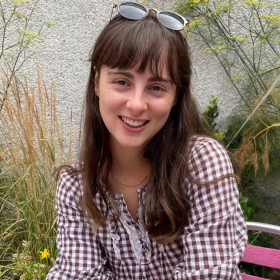
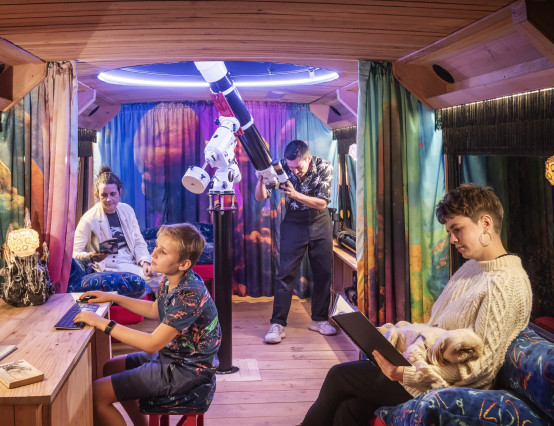
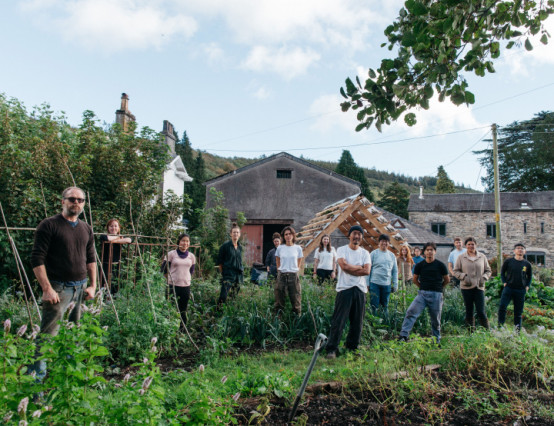
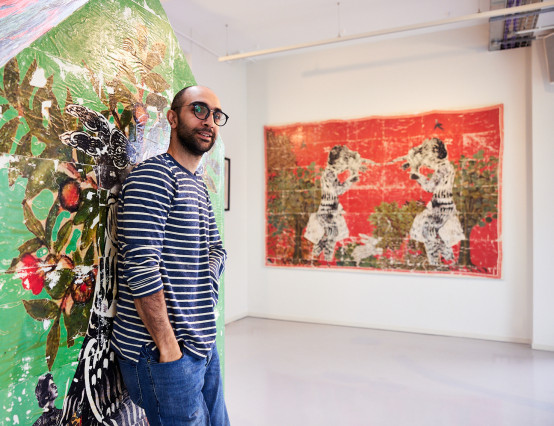



0 Comments